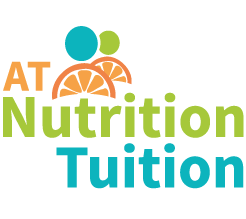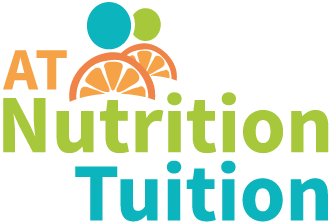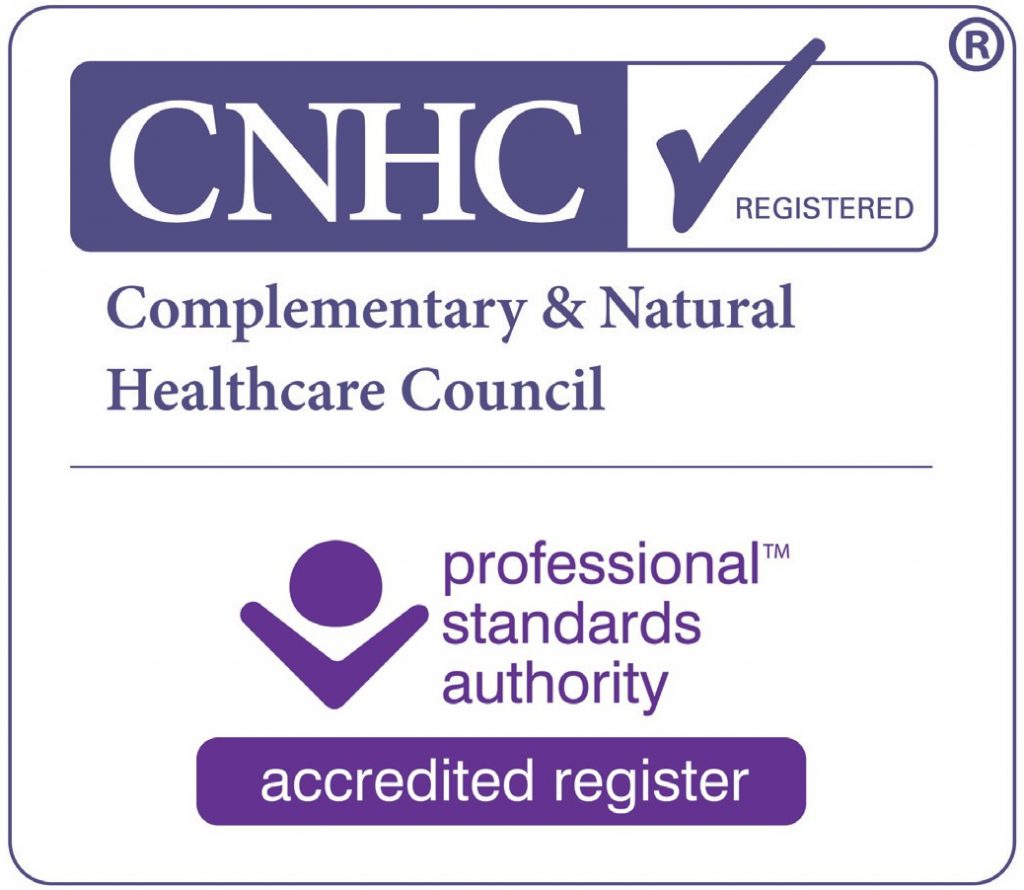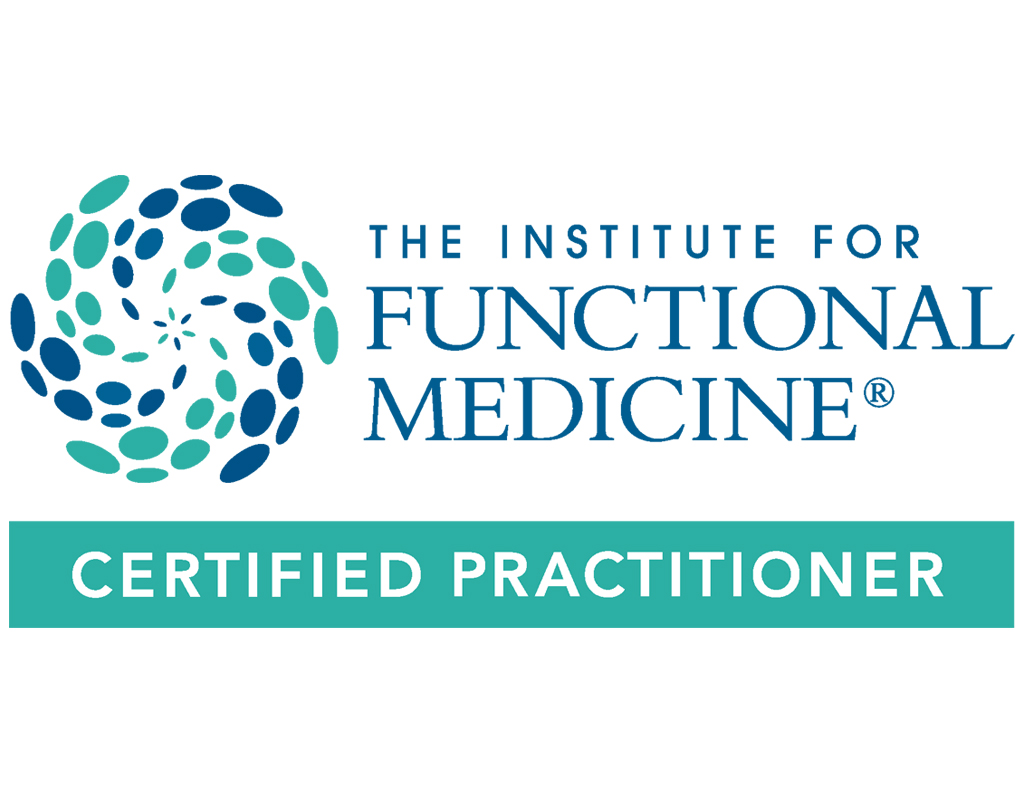References

- Milner J. Nutrition and cancer: essential elements for a roadmap. Cancer letters. 2008;269(2):189-98.
- Department of Health; National Diet and Nutrition Survey: Headline Results from Years 1, 2 and 3 (combined) of the Rolling Programme 2008/09 – 2010/112012. [Available at: http://transparency.dh.gov.uk/2012/07/25/ndns-3-years-report/].
- Cordain L, Eaton SB, Sebastian A, Mann N, Lindeberg S, Watkins BA, et al. Origins and evolution of the Western diet: health implications for the 21st century. The American journal of clinical nutrition. 2005;81(2):341-54.
- Bailey N, Clark M, Nordlund M, Shelton M, Farver K. New paradigm in nutrition support: using evidence to drive practice. Crit Care Nurs Q. 2012;35(3):255-67.
- Bengmark S. Processed Foods, Dysbiosis, Systemic Inflammation, and Poor Health. Current Nutrition & Food Science. 2013;9(2):113-43.
- Abrams P, Klevmark B. Frequency volume charts: an indispensable part of lower urinary tract assessment. Scandinavian journal of urology and nephrology Supplementum. 1996;179:47.
- Jones JL, Fernandez ML, McIntosh MS, Najm W, Calle MC, Kalynych C, et al. A Mediterranean-style low-glycemic-load diet improves variables of metabolic syndrome in women, and addition of a phytochemical-rich medical food enhances benefits on lipoprotein metabolism. Journal of clinical lipidology. 2011;5(3):188-96.
- Jonsson T, Granfeldt Y, Ahren B, Branell UC, Palsson G, Hansson A, et al. Beneficial effects of a Paleolithic diet on cardiovascular risk factors in type 2 diabetes: a randomized cross-over pilot study. Cardiovascular diabetology. 2009;8:35.
- Martinez I, Lattimer JM, Hubach KL, Case JA, Yang J, Weber CG, et al. Gut microbiome composition is linked to whole grain-induced immunological improvements. The ISME journal. 2012;7 (2):269-80.
- Nishino H, Murakoshi M, Mou XY, Wada S, Masuda M, Ohsaka Y, et al. Cancer prevention by phytochemicals. Oncology. 2005;69(Suppl. 1):38-40.
- Flores-Mateo G, Rojas-Rueda D, Basora J, Ros E, Salas-Salvadó J. Nut intake and adiposity: meta-analysis of clinical trials. The American journal of clinical nutrition. 2013;97(6):1346-55.
- Slavin J. Fiber and Prebiotics: Mechanisms and Health Benefits. Nutrients. 2013;5(4):1417-35.
- Bäckhed F, Fraser Claire M, Ringel Y, Sanders Mary E, Sartor RB, Sherman Philip M, et al. Defining a Healthy Human Gut Microbiome: Current Concepts, Future Directions, and Clinical Applications. Cell Host & Microbe. 2012;12(5):611-22.
- Delzenne NM, Neyrinck AM, Cani PD. Gut microbiota and metabolic disorders: how prebiotic can work? British Journal of Nutrition. 2013;109(SupplementS2):S81-S5.
- Degnan F. Clinical studies involving probiotics: When FDA’s investigational new drug rubric applies-and when it may not. Gut microbes. 2012;3(6).
- Dewulf E, Cani P, Claus S, Fuentes S, Puylaert P, Neyrinck A, et al. Insight into the prebiotic concept: lessons from an exploratory, double blind intervention study with inulin-type fructans in obese women. Gut. 2012;00:1-10.
- Syed et al. Epigenetic targets of bioactive dietary components for cancer prevention and therapy. Clin Epigenetics 2010 1 (3-4):101-16.
- Bredesen, D. E., et al. (2016). “Reversal of cognitive decline in Alzheimer’s disease.” Aging (Albany NY) 8(6): 1250-1258.
- Brown, B. I. (2019). “Does Irritable Bowel Syndrome Exist? Identifiable and Treatable Causes of Associated Symptoms Suggest It May Not.” Gastrointestinal Disorders 1(3): 314-340.
- Calder, P. C., et al. (2020). “Optimal Nutritional Status for a Well-Functioning Immune System Is an Important Factor to Protect against Viral Infections.” Nutrients 12(4): 1181.
- Coutinho-Wolino, K. S., et al. (2022). “Bioactive compounds modulating Toll-like 4 receptor (TLR4)-mediated inflammation: pathways involved and future perspectives.” Nutr Res 107: 96-116.
- De Siena, M., et al. (2022). “Food Emulsifiers and Metabolic Syndrome: The Role of the Gut Microbiota.” Foods 11(15): 2205.
- Genius (2012). “Combination of Micronutrients for Bone (COMB) Study: Bone Density after Micronutrient Intervention.” Journal of Environmental and Public Health 2012.
- Hattangdi-Haridas, S. R., et al. (2019). “Vitamin D Deficiency and Effects of Vitamin D Supplementation on Disease Severity in Patients with Atopic Dermatitis: A Systematic Review and Meta-Analysis in Adults and Children.” Nutrients 11(8).
- Holick, M. F., et al. (2012). “Guidelines for preventing and treating vitamin D deficiency and insufficiency revisited.” The Journal of Clinical Endocrinology & Metabolism 97(4): 1153-1158.
- Jia, J., et al. (2023). “Association between healthy lifestyle and memory decline in older adults: 10 year, population based, prospective cohort study.” BMJ 380: e072691.
- Li, P., et al. (2022). “Early-life antibiotic exposure increases the risk of childhood overweight and obesity in relation to dysbiosis of gut microbiota: a birth cohort study.” Annals of Clinical Microbiology and Antimicrobials 21(1): 1-14.
- Liu, Y., et al. (2022). “Exposure to Veterinary Antibiotics via Food Chain Disrupts Gut Microbiota and Drives Increased Escherichia coli Virulence and Drug Resistance in Young Adults.” Pathogens 11(9): 1062.
- Livesey, G., et al. (2008). “Glycemic response and health–a systematic review and meta-analysis: relations between dietary glycemic properties and health outcomes.” Am J Clin Nutr 87(1): 258s-268s.
- Lustig, R. H. and I. Fennoy (2022). “The History of Obesity Research.” Hormone Research in Paediatrics 95(6): 638-648.
- Malhotra, A., et al. (2017). “Saturated fat does not clog the arteries: coronary heart disease is a chronic inflammatory condition, the risk of which can be effectively reduced from healthy lifestyle interventions.” British Journal of Sports Medicine 51(15): 1111-1112.
- Murdoch, C., et al. (2019). “Adapting diabetes medication for low carbohydrate management of type 2 diabetes: a practical guide.” British Journal of General Practice 69(684): 360-361.
- Naviaux, R. K. (2019). “Incomplete Healing as a Cause of Aging: The Role of Mitochondria and the Cell Danger Response.” Biology 8(2): 27.
- Naz, M. S. G., et al. (2022). “An Overview on Effects of Micronutrients and Macronutrients Interventions in Management of Polycystic Ovary Syndrome.” Clinical Nutrition ESPEN.
- Ngamsamer, C., et al. (2022). “The Benefits of Anthocyanins against Obesity-Induced Inflammation.” Biomolecules 12(6): 852.
- Pereira, M. E., et al. (2022). “Effects of Selenium Supplementation in Patients with Mild Cognitive Impairment or Alzheimer’s Disease: A Systematic Review and Meta-Analysis.” Nutrients 14(15): 3205.
- Pezzino, S., et al. (2022). “Gut–Liver Axis and Non-Alcoholic Fatty Liver Disease: A Vicious Circle of Dysfunctions Orchestrated by the Gut Microbiome.” Biology 11(11): 1622.
- Power, R., et al. (2022). “Omega-3 fatty acid, carotenoid and vitamin E supplementation improves working memory in older adults: A randomised clinical trial.” Clinical Nutrition 41(2): 405-414.
- Rashidah, N. H., et al. (2022). “Differential gut microbiota and intestinal permeability between frail and healthy older adults: A systematic review.” Ageing Research Reviews: 101744.
- Rivera-Iñiguez, I., et al. (2022). “What do we know about nutrient-based strategies targeting molecular mechanisms associated with obesity-related fatty liver disease?: Running Title: Nutrient-based strategies and NAFLD.” Annals of Hepatology: 100874.
- Sankararaman, S., et al. (2022). “Gut Microbiome and Its Impact on Obesity and Obesity-Related Disorders.” Curr Gastroenterol Rep: 1-14.
- Santos Vicente, F. J. and G. Barbara (2022). “Human Intestinal Permeability, Mucosal Inflammation and Diet.”
- Stewart, M. L., et al. (2018). “Type-4 Resistant Starch in Substitution for Available Carbohydrate Reduces Postprandial Glycemic Response and Hunger in Acute, Randomized, Double-Blind, Controlled Study.” Nutrients 10(2).
- Unwin, D., et al. (2020). “Insights from a general practice service evaluation supporting a lower carbohydrate diet in patients with type 2 diabetes mellitus and prediabetes: a secondary analysis of routine clinic data including HbA1c, weight and prescribing over 6 years.” BMJ Nutr Prev Health 3(2): 285-294.
- Walker, L., et al. (2021). “Weight loss, hypertension and mental well-being improvements during COVID-19 with a multicomponent health promotion programme on Zoom: a service evaluation in primary care.” BMJ Nutrition, Prevention & Health: bmjnph-2020-000219.
- Wang, Z., et al. (2022). “Triangulating evidence for the causal impact of single-intervention zinc supplement on glycemic control for type-2 diabetes: systematic review and meta-analysis of RCT and two-sample Mendelian randomization.” British Journal of Nutrition: 1-41.
- Włodarczyk, J., et al. (2022). “Short-chain fatty acids–microbiota crosstalk in the coronavirus disease (COVID-19).” Pharmacological Reports: 1-10.
- Zeevi, D., et al. (2015). “Personalized Nutrition by Prediction of Glycemic Responses.” Cell 163(5): 1079-1094.




